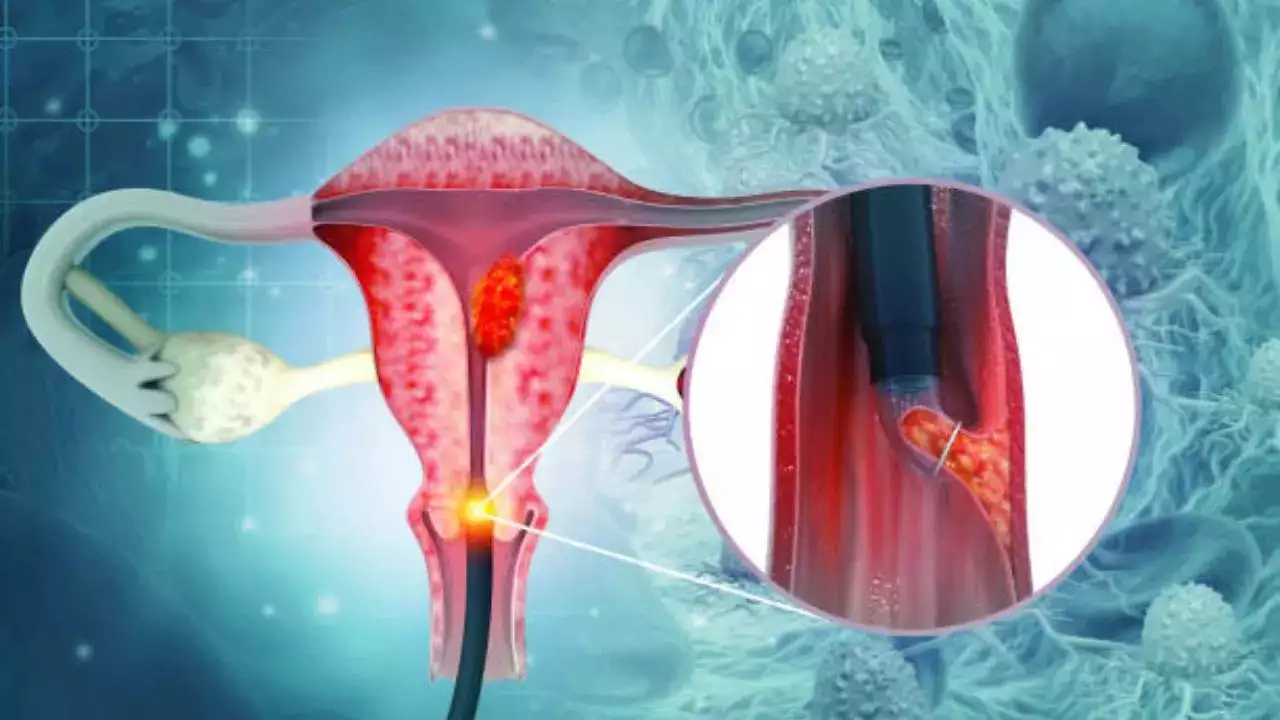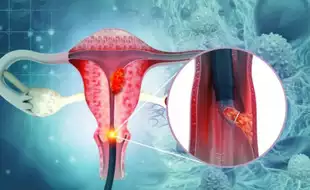
More than 95 of cervical cancer cases are caused by the human papillomavirus
Cervical cancer is among the deadliest cancers, which affects women in high numbers across the world. It saw around 660,000 new cases and around 350,000 deaths in 2022. While it is preventable, experts say there are many misconceptions about this largely preventable disease.
So, ahead of Cervical Cancer Prevention Week (January 22–28), we list out a few lesser-known things about this cancer which has the highest mortality rate. This annual awareness week serves as a reminder to prioritize cervical health and take steps to reduce the risk.
Most cases are caused by HPV
According to UNICEF, more than 95 per cent of cervical cancer cases are caused by the human papillomavirus, or HPV, which is the most common sexually transmitted infection in the world.
There are over 200 types of HPV and most have no symptoms. However, high-risk types of HPV lead to chronic infections and pre-cancerous growths, which is why prevention and screening are extremely important. Doctors suggest taking HPV vaccines for both men and women, as they are the most effective way to avoid HPV infection and protect against the HPV strains.
Cervical cancer is preventable
Getting the HPV vaccination in early puberty is the best way to prevent cervical cancer, according to experts. Many countries have introduced the HPV vaccine into their routine immunization programmes, primarily targeting girls 9 to 14 years of age. But more is needed.
]
Smoking increases your risk
Smoking significantly increases the risk of developing cervical cancer, according to studies. Experts say women who smoke are at a higher risk of developing cervical cancer compared to non-smokers, with the risk increasing based on the number of cigarettes smoked per day and the duration of smoking.
It happens because smoking impacts the immune system and makes it less able to clear HPV.
Unusual bleeding
Unusual vaginal bleeding is a big red flag for cervical cancer. According to experts, it is important to seek medical advice if you experience any vaginal bleeding.
According to experts, the bleeding, which usually occurs after having sex or at any other time than your period, is considered unusual. This includes bleeding after menopause.
A pelvic exam and pap smear are not the same
Many women confuse the two because they often happen at the same time. The pelvic exam is a physical exam that includes an inspection of your external and internal genitalia. It may or may not include a cervical cancer screening test.
Also, many women only see their gynecologist when they are due for a screening, which can be a five-year gap. However, experts say women must visit their gynecologist every year, even when they are not due for cervical cancer screening.
What are the signs and symptoms of cervical cancer?
Cervical cancer begins on the surface of your cervix and happens when the cells start to change to precancerous cells. According to doctors, cervical cancer often does not cause any symptoms until it begins to spread. And that is why you need to be careful and get regular screenings done.
However, the first of cervical cancer may take time to develop, and when they do, you may have:
-
Watery or bloody vaginal discharge, which is heavy and can have a foul odour
- Vaginal bleeding after sex, between menstrual periods, or after menopause
- Pain during sex
- Difficult or painful urination
- Blood in the urine
- Diarrhoea
- Fatigue and loss of weight
- A general feeling of illness
- Dull backache or swelling in your legs
- Pelvic and abdominal pain
Get Latest News Live on Times Now along with Breaking News and Top Headlines from Health and around the world.

